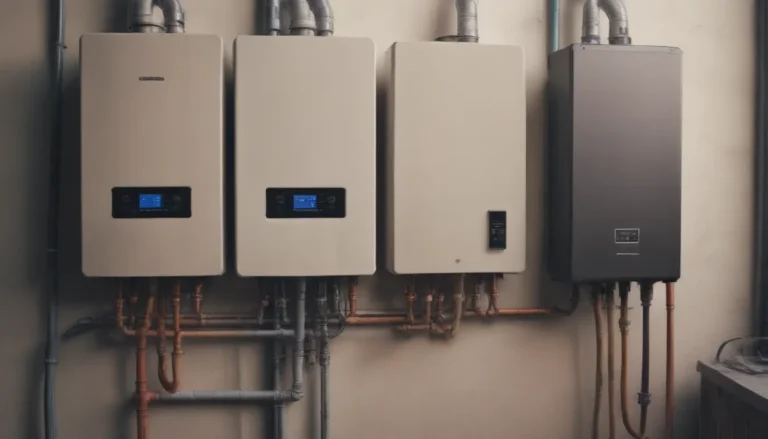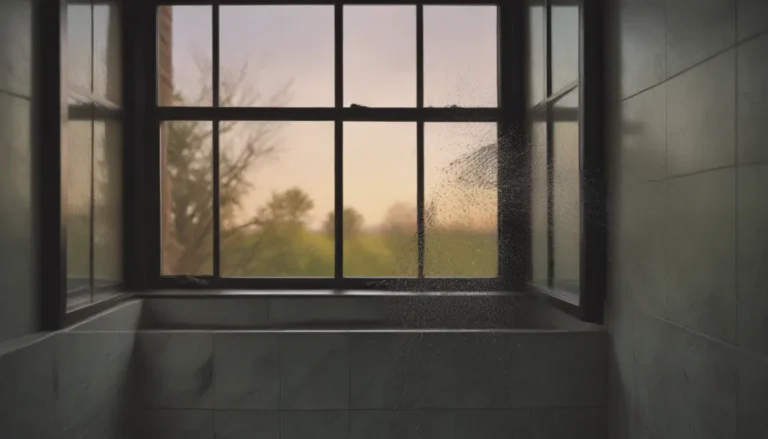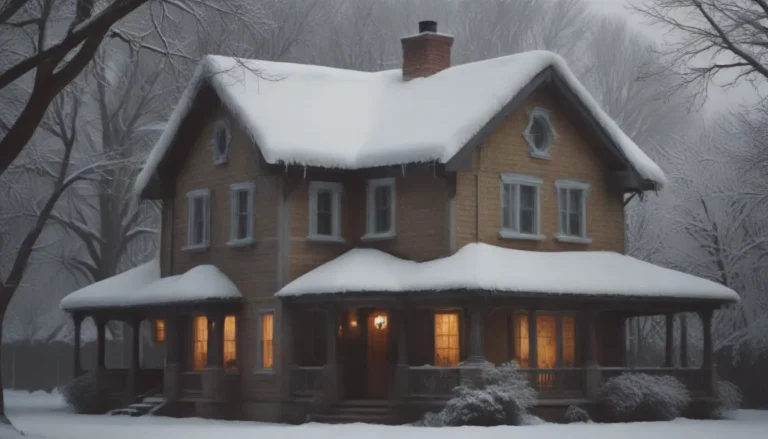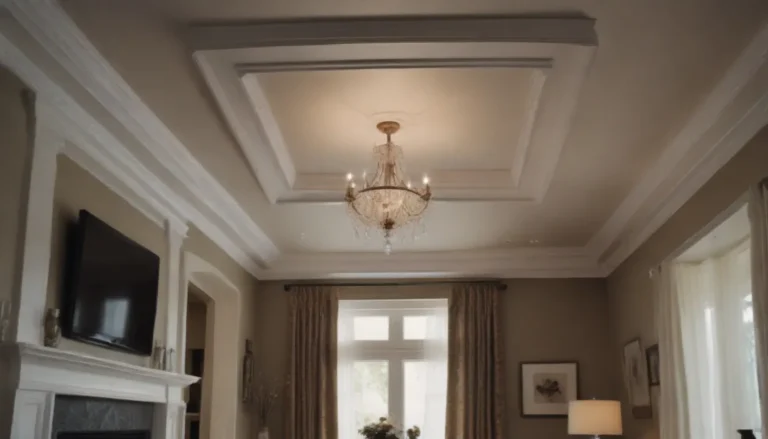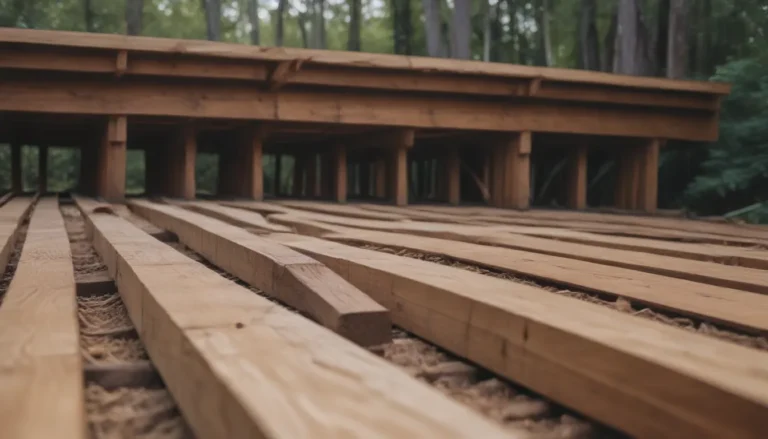A Comprehensive Guide to Different Types of Drywall: How to Choose the Right One for Your Project

Drywall, also known as wallboard, plasterboard, or gypsum board, is a staple building material in modern homes. Made from gypsum sandwiched between two layers of paper, drywall is a convenient alternative to traditional plaster. One key advantage of drywall is its tapered edges, which allow for seamless joints when taped and finished.
When it comes to choosing the right type of drywall for your project, there are several options to consider. Each type of drywall is designed to meet specific needs and requirements, making it essential to understand the differences between them. In this in-depth guide, we will explore seven different types of drywall, their uses, and how to choose the best one for your home.
What Is Drywall Made Of?
Most types of drywall are constructed from gypsum, a naturally occurring mineral. The gypsum is compressed between two layers of thick paper, forming a sturdy and versatile building material. Depending on the desired properties, special coatings and additives can be included to make the drywall soundproof, fireproof, moisture-resistant, rot-resistant, or mold-resistant.
Regular Drywall or White Board
Best for: Regular drywall, also known as white board, is the most common type of drywall used in homes. It is typically white on one side and brown on the other and is suitable for most rooms in the house. Regular drywall is cost-effective and comes in various thicknesses, with 1/2-inch panels being the most common in residential applications.
While regular drywall is not recommended for high-moisture areas like bathrooms and kitchens, it is ideal for bedrooms, living rooms, and hallways. A standard 4- by 8-foot panel of regular drywall typically costs between $12 to $18.
Greenboard Drywall
Best for: Greenboard drywall, also known as moisture-resistant drywall, features a green covering that makes it more resistant to water compared to regular drywall. The paper covering of greenboard is coated in wax, making it ideal for areas exposed to humidity, such as bathrooms, kitchens, and laundry rooms.
While not completely waterproof, greenboard is designed to prevent moisture buildup over time. It is more durable than regular drywall but slightly more expensive, with a typical cost of $14 to $18 for a 4- by 8-foot panel.
Blue Board Drywall
Best for: Blue board drywall, also known as plaster baseboard, is designed as a backing for veneer plastering applications. The special absorption qualities of the blue board’s surface paper, combined with its high water and mold resistance, make it ideal for moisture-rich environments like bathrooms.
Blue board is not intended for traditional drywall finishing methods like mud and tape and is typically used for veneer plastering. It offers exceptional durability and noise reduction properties, with prices ranging from $12 to $15 per 4- by 8-foot panel.
Paperless Drywall
Best for: Paperless drywall is a newer alternative to traditional drywall, featuring a fiberglass covering instead of paper. This design provides enhanced resistance to rot, mold, and mildew, making it a popular choice for high-moisture areas.
While paperless drywall is more expensive than regular drywall, with prices averaging between $25 to $35 per panel, its durability and ease of installation make it a preferred option for many contractors.
Purple Drywall
Best for: Purple drywall offers superior mold and mildew resistance compared to traditional greenboard drywall. Made with a gypsum interior coated with 100 percent recycled paper, purple drywall is ideal for areas where enhanced moisture resistance is required.
Purple drywall is recommended for applications where the drywall will be in direct contact with water, such as shower walls. Depending on the specific type chosen, prices typically range from $15 to $60 per 4- by 8-foot panel.
Type X Drywall
Best for: Type X drywall is a fire-resistant option designed to slow the progression of flames in the event of a fire. Featuring fiberglass inside its gypsum core, Type X drywall can be installed in multiple layers to achieve higher fire-resistance ratings.
Popular in garages and apartment buildings where fire codes are a concern, Type X drywall is typically more expensive than standard drywall, with prices ranging from $20 to $30 per 4- by 8-foot panel.
Soundproof Drywall
Best for: Soundproof drywall is specifically designed to reduce noise transmission between rooms. Composed of laminated drywall with added wood fibers, gypsum, and polymers, soundproof drywall offers superior sound deadening properties.
While slightly more challenging to work with than traditional drywall, soundproof drywall is ideal for family rooms, music rooms, or any space where noise reduction is a priority. Prices for soundproof drywall average between $40 to $55 per 4- by 8-foot panel.
Tip:
Some soundproof drywall varieties contain metal layers that further improve sound deadening properties. Consider using soundproof drywall in areas where noise control is essential.
Choosing the Right Drywall for Your Project
When selecting the appropriate drywall for your home, it’s essential to consider the specific requirements of the room where it will be installed. Here are some general guidelines to help you choose the best type of drywall for your project:
- Regular Drywall: Suitable for most rooms in the house, excluding high-moisture areas like bathrooms and kitchens.
- Greenboard Drywall: Ideal for rooms exposed to humidity, such as bathrooms, kitchens, and laundry rooms.
- Purple Drywall: Recommended for areas where superior mold and mildew resistance is required, such as shower walls.
- Type X Drywall: Necessary for applications where fire resistance is a concern, such as garages or shared walls in multi-unit buildings.
- Soundproof Drywall: Perfect for rooms where noise reduction is a priority, like music rooms or family rooms.
If you’re unsure which type of drywall is best suited for your project, consulting a professional contractor is recommended. A qualified drywall installer can assess your specific needs and recommend the most suitable drywall option for your home.
In conclusion, choosing the right type of drywall is essential for ensuring the longevity and functionality of your home’s walls and ceilings. By understanding the different types of drywall available and their respective benefits, you can make an informed decision that meets your project requirements.
Remember, the type of drywall you choose can have a significant impact on the overall performance and durability of your walls and ceilings. Whether you opt for regular drywall, moisture-resistant greenboard, fire-resistant Type X, or soundproof drywall, selecting the right type for your specific needs is crucial in achieving a successful and long-lasting installation.
By taking the time to research and understand the various types of drywall available, you can confidently choose the best option for your project. Consult with a professional contractor if needed to ensure that you select the most suitable drywall for your home.
Drywall is a versatile and essential building material that plays a vital role in creating stable and aesthetically pleasing walls and ceilings in modern homes. By choosing the right type of drywall for your project, you can achieve the desired results and enjoy a durable and functional space for years to come.
